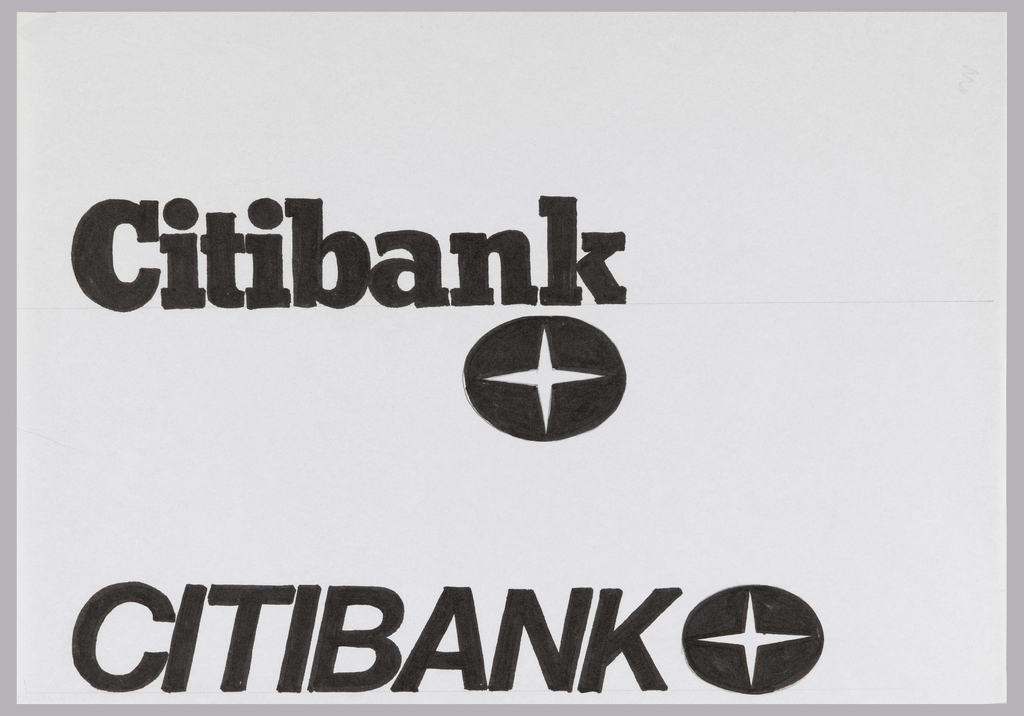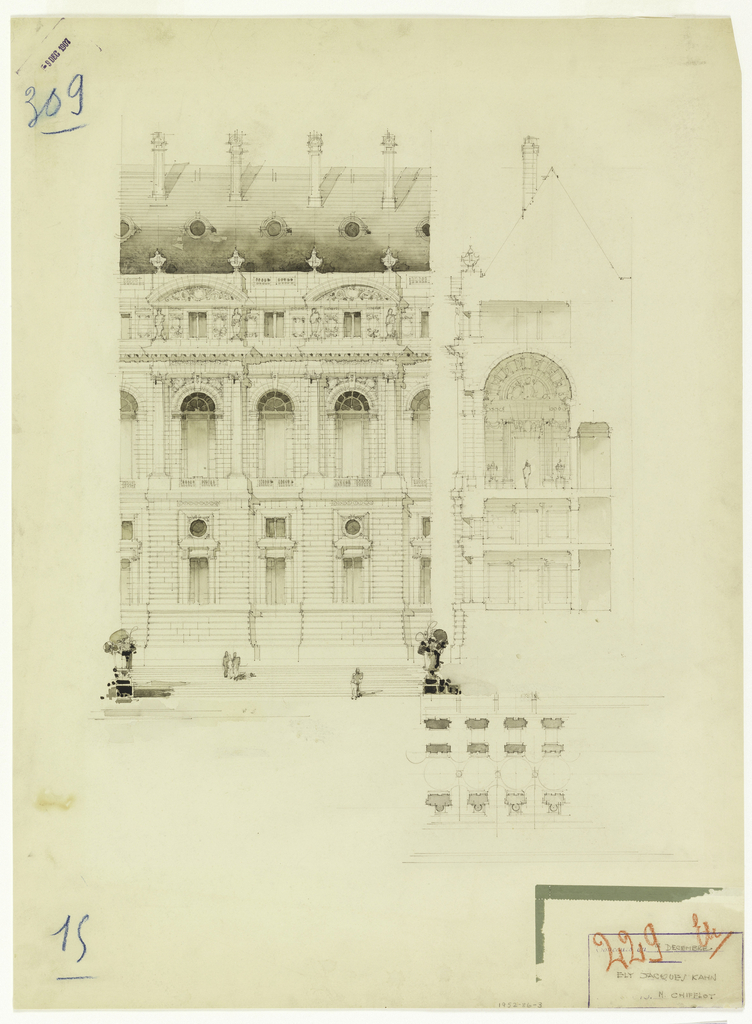Essay by Julie Sangborn about the changing vision for some of New York City's public libraries.
Santiago Calatrava’s work explores the significance of place and its human context by considering both topographical and cultural landscapes. In this sense, Calatrava believes that it is fundamental to form a relationship – a feeling and sense of spirituality – with a physical site. In the wake of the September 11, 2001 terrorist attacks on...
The Citibank logo is a familiar sight to every New Yorker. On the average ten minute walk through midtown Manhattan you might encounter the iconic red umbrella logotype half a dozen times, the friendly san serif letters decorating bank buildings, ATMs, and rentable bikes. The current Citi logo was designed in 1998 by Paula Scher,...
New York City Art Deco forerunner Ely Jacques Kahn (1884-1972) would have been nothing if it weren’t for the few formative years spent at Paris’ hallowed École nationale supérieure des Beaux Arts (National Superior School of Fine Arts); from 1908-1911. Contributing to Midtown Manhattan’s 1910 to 1930 building boom, the architect conceived more than a...
The reigning composition of theater posters in the 1970s consisted of credit lines for the cast, producers, directors, etc. Because of this, Paul Davis’ relatively simple presentation, though standard for Davis’ early posters, was completely innovative. Paul Davis approached these posters in a way which relayed nearly no information about the play beyond its title...
During the 1980s, there was a severe housing crisis in New York City. The building of residential properties had declined during the economic depression of the preceding decade and the limited supply of affordable housing caused a sharp increase in homelessness. In neighbourhoods like the Lower East Side, absentee landlords permitted old buildings to fall...
Janette Sadik-Khan is this year's National Design Award winner in the Design Patron category. Hear her speak about what design means to her. The National Design Awards were conceived by the Smithsonian's Cooper-Hewitt, National Design Museum to honor lasting achievement in American design. The Awards are bestowed in recognition of excellence, innovation, and enhancement of...
Two years ago, the Cooper-Hewitt, National Design Museum closed for renovations and the opportunity opened up to explore a school-based program: Design in the Classroom. This free 45-minute, single visit workshop introduces K-12 students to design thinking. In short, design thinking is a term describing the way designers critically assess the "things" all around us....
“There are perfectly sober people who will tell you they have seen high buildings shimmy.” “(Modern buildings) show their best to their devotees… (who) will point out to you a score of fleeting expressions in a façade.” Orrick Johns. “What the Modish Building Will Wear.” New York Times, Oct. 4, 1925. Architect and renderer of buildings,...
Find out how designers today are rethinking the aesthetics, process, and public of graphic design by creating their own software and systems. Join Cooper-Hewitt's Curatorial Director, Cara McCarty, Walker Art Center Curator, Andrew Blauvelt, and interaction designer, Dimitri Nieuwenhuizen, in a lively discussion. Dimitri is a member of Lust, the innovative Dutch design collective that...
Each day, 600,000 New Yorkers hop in the back of a taxi – the iconic yellow cab that is a symbol of New York City around the world. The 2014 Nissan NV200 Taxi, New York's Taxi of Tomorrow, made its global debut yesterday at a special event with New York City Mayor Michael R. Bloomberg...
According to Jim Pynn, Superintendent of Newtown Creek’s 52-acre water waste treatment plant, the plant’s star architectural feature is eight futuristic, stainless steel–clad “digester eggs.” Tours of the facility began less than a year ago. Our tour started early in the morning in the new Visitor Center. Once inside, it was hard to hear over...
Cooper-Hewitt’s DesignPrep is a series of free design-education programs that introduces New York City high-school students to collegiate and career opportunities in design. Participating students attend design workshops with professional designers, visit design colleges as well as designers’ studios, and engage in professional development. Students from all over the city were invited to become...
Target: Design in the Classroom is an innovative new program that brings Cooper-Hewitt, to NYC schools. This video shows a kids-eye-view into a full day of design workshops at P.S. 124 in South Ozone, Queens. All K-12 teachers in NYC are eligible for this free, hands-on design workshop. Register online today at http://www.cooperhewitt.org/designK12registration to register...
One of the exciting aspects of Design with the Other 90%: Cities is the ability to connect the international themes of the exhibition to a New York setting. In our second DesignPrep workshop held at the United Nations, teens examined key issues highlighted in the exhibition. The workshop was an opportunity for teens to raise...












